Now it is July 2015 and I am hiking the third stage
with my friend Niels. This part of the route is rife with nationalistic
emotions because the Danish-German border has been shifted up and down a few
times.
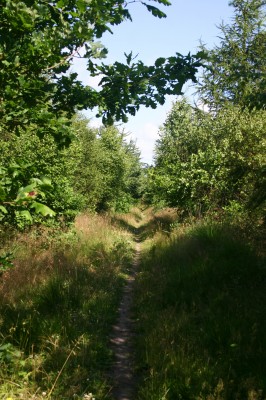
We begin where I left off last time at Stursbøl
Plantage, a pleasant, wooded area. We follow a narrow dirt path and enjoy the
stillness, birdsong and whisper of wind. We pass by meadows and fields, and
cross brooks and streams. After a while, we come to the edge of the town of
Jels where the lake Jels Sø lies. This is where Viking dramas are enacted every
summer. They take place outdoors and often include the lake as part of the scene.
As Niels and I rest on a bench a Viking ship floats silently on the water.
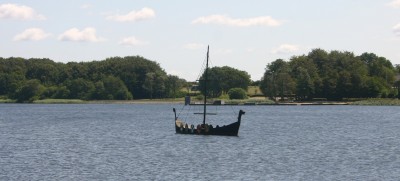
Later on, we arrive at the idyllic old mill,
Knagmølle. This mill was used to grind bones from dead animals. The meal was
then fed to pigs and chickens. Knagmøllen is situated by the historic river
Kongeåen.
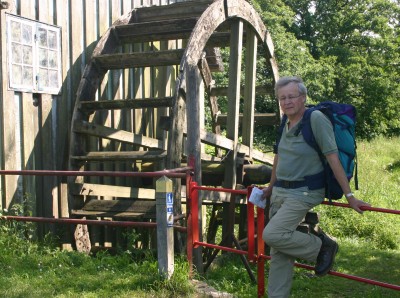
This is an area that can stir Danish nationalistic feelings. Prior to
1864 Denmark stretched all the way down to Schleswig, which is now German.
Disagreements turned into a full-blown war, which ended in 1864 with a resounding
victory to the Germans. The result was that Denmark lost not only soldiers on
the battlefield but a good portion of its area and the Danish-German border was
moved north up to Kongeåen.
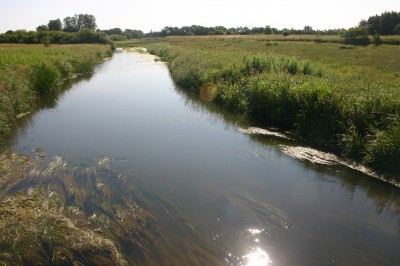
Then World War I happened, which did not go well for
Germany. This gave the opportunity for Denmark to regain some of its lost land.
In 1920, two years after the end of World War I, the people in the area had a
referendum that voted much of the former land back into Denmark. The border was
thus moved south again without so much as one shot being fired – although not
all the way back to the former days of glory when Schleswig was part of Denmark.
Niels and I stay the night at a herberg (hostel) by
the historic river Kongeåen. We have all 24 beds, two bathrooms, two showers
and large kitchen to ourselves, so we spread out and make ourselves at home. We
eat a heated up frozen dinner and drink a couple of glasses of wine. Then it is
time to rest our weary bones after having walked 22 km.
Next morning we are a bit tired but not seriously so.
Today we only have to cover 15 km. The first step of our journey leads us from
what used to be Germany into Denmark, as we cross Kongeåen. We cross on the
bridge called “Frihedsbroen” which means Freedom Bridge. The bridge is painted
in the Danish flag’s colours, namely red and white.
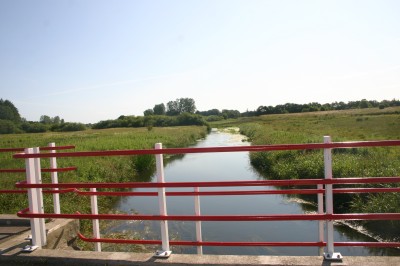
Between 1864 and 1920 Danes living on the “wrong” (south)
side of the border were very patriotic. One notable such person was the farmer
H.D. Kloppenborg. He built a house on the “right” (north) side of the border
and went up there on weekends where he brazenly raised the Danish flag to the
great annoyance of the German soldiers on the other side of the river. He
called his cute little stone house “Friheden” which means “freedom” and it is from
this house that the bridge got its name.
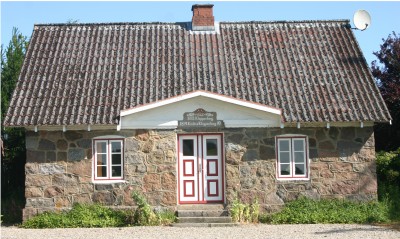
A few kilometres further north are more manifestations
of the Danes’ need to assert their language and national pride in the period
between 1864 and 1920. At a place called Skibelund Krat there are 22 memorial
stones in honour of some of the people who fought for the rights of South
Jutland. One stone is simply called “Modersmålet”, i.e. “Mother Tongue”, and
shows a woman flanked by two Danish poets looking longingly and steadfastly over
the Kongeåen river valley in the direction of the part of Denmark that Germany
acquired (but that we got back again).
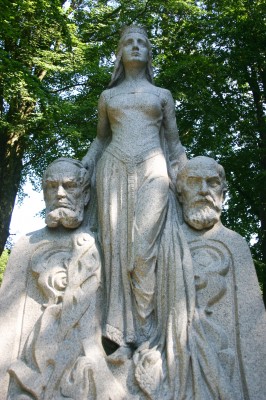
History aside, our feet are getting sore and our legs
tired. Niels has blisters on his toes and my knee is not as good as it was
yesterday. Today most of the route is on asphalt, which is hard on our worn out
legs and feet. We trudge along, passing
through the town of Vejen. This is where Niels is a member of the town council,
representing the Social Democrats. That is not my party, so we often have
lively political discussions. In fact, I also lived here a few years back, when
I was breaking into journalism, so it all feels a bit homey.
A few kilometres north of Vejen we reach the church at
Læborg. Here there is a large granite stone with runes from the first half of
the first century – yet another reminder that this route has been in use for
centuries.
 Another nice thing about the church at Læborg is that my car is
Another nice thing about the church at Læborg is that my car is
parked here. We hop into it and drive home to Niels’ house a few kilometres
away where his wonderful wife awaits with yummy, cool buttermilk soup and garden-fresh
black currants.
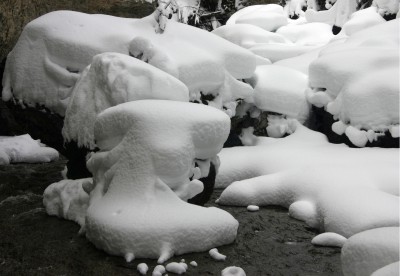
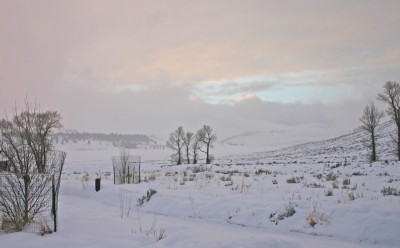
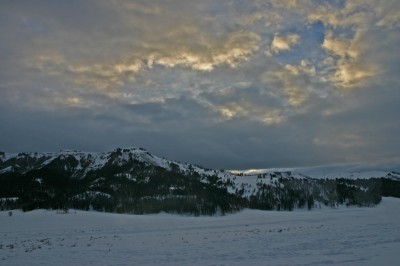


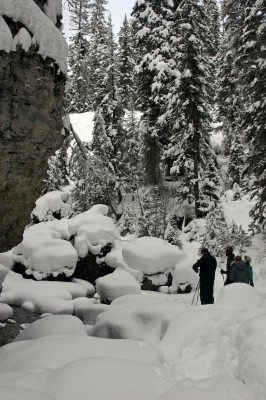
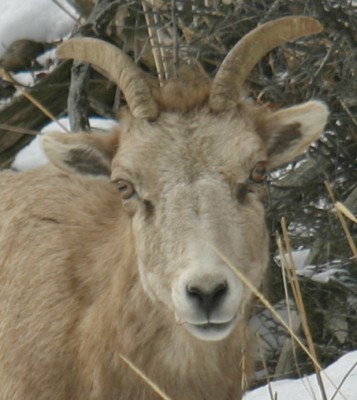
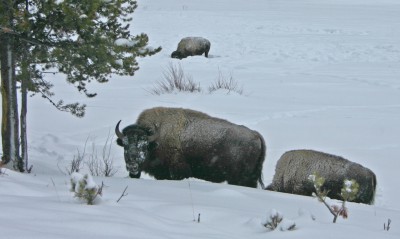
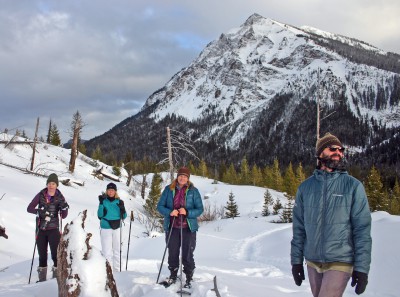
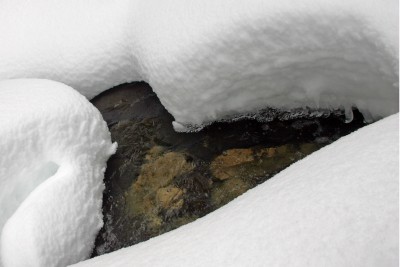


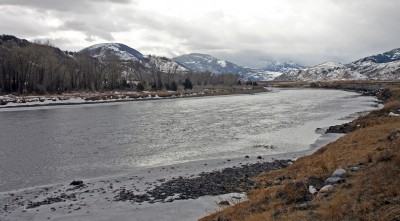
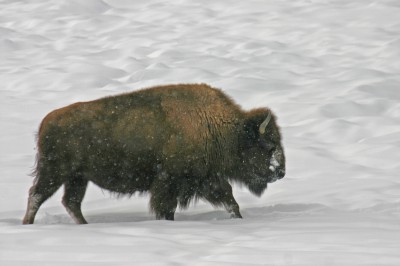
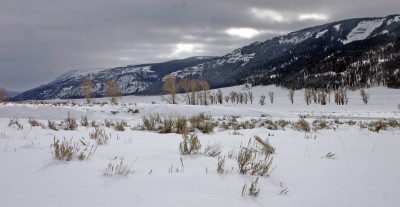


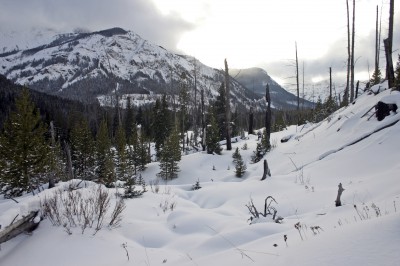
 Moose photo by Linda Thurston.
Moose photo by Linda Thurston.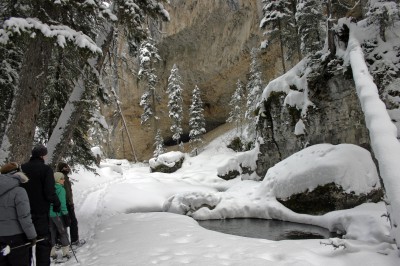


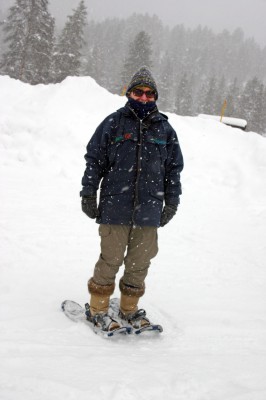

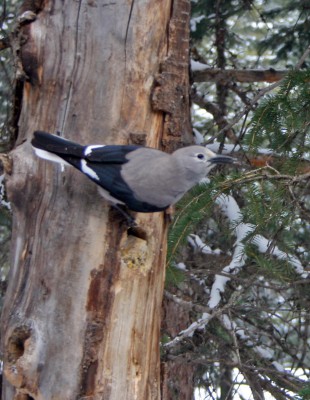

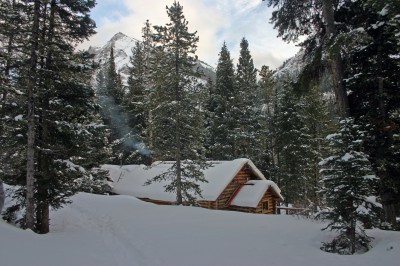





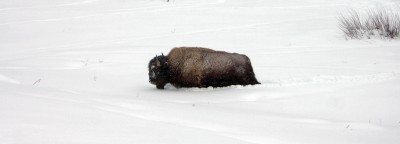
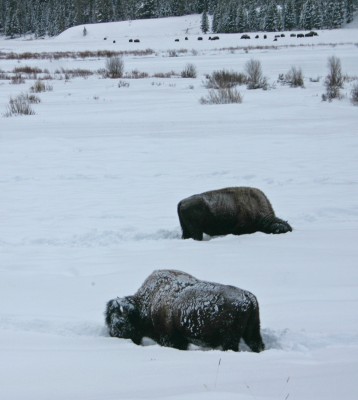
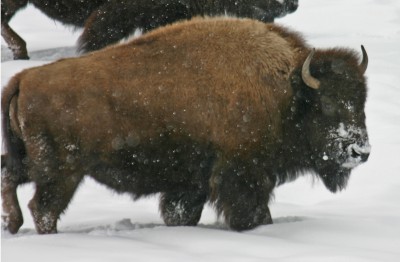
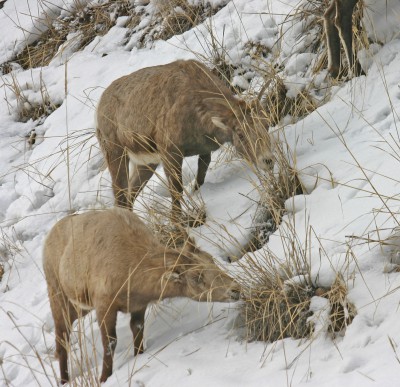
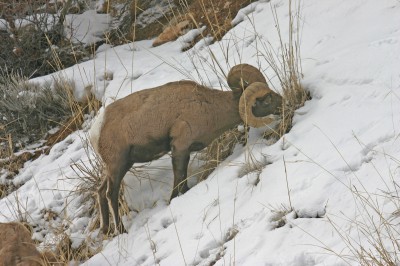

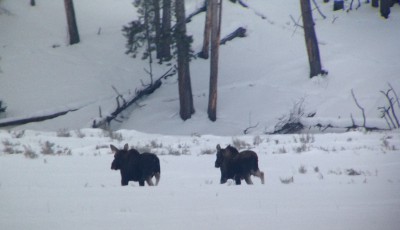
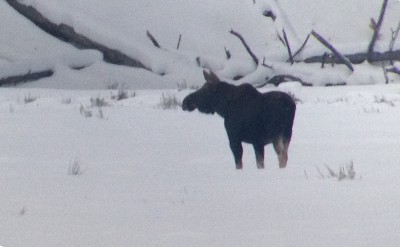
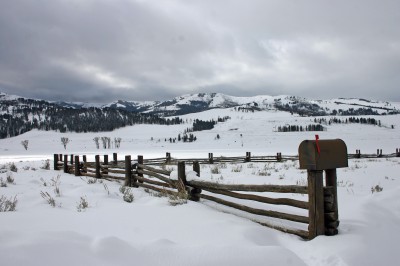

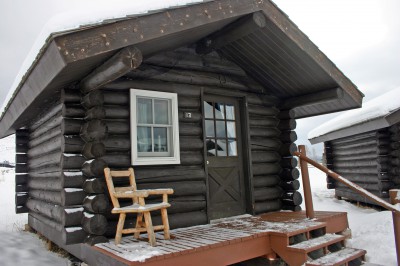
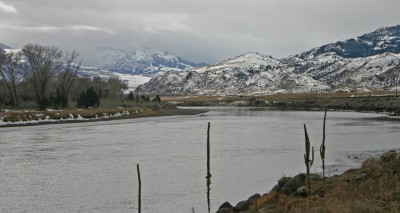
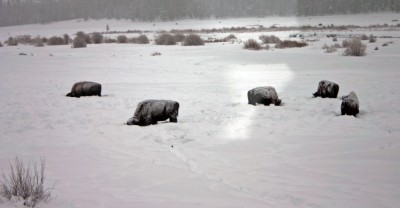
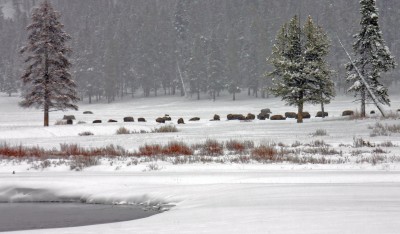







 Another nice thing about the church at Læborg is that my car is
Another nice thing about the church at Læborg is that my car is







 Next day we get a nice and early start. More green
Next day we get a nice and early start. More green

 Finally, around 25 km
Finally, around 25 km